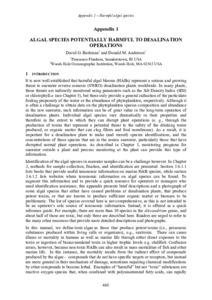Appendix 1. Algal species potentially harmful to desalinitation operations.

View/
Average rating
votes
Date
2017Author
Borkman, David G.
Anderson, Donald M.
Status
Published
Metadata
Show full item recordAbstract
It is now well established that harmful algal blooms (HABs) represent a serious and growing
threat to seawater reverse osmosis (SWRO) desalination plants worldwide. In many plants,
these threats are indirectly monitored using parameters such as the Silt Density Index (SDI)
or chlorophyll-a (see Chapter 5), but these only provide a general indication of the particulate
fouling propensity of the water or the abundance of phytoplankton, respectively. Although it
is often a challenge to obtain data on the phytoplankton species composition and abundance
in the raw seawater, such information can be of great value in the long-term operation of
desalination plants. Individual algal species vary dramatically in their properties and
therefore in the extent to which they can disrupt plant operations (e. g., through the
production of toxins that represent a potential threat to the safety of the drinking water
produced, or organic matter that can clog filters and foul membranes). As a res.....
Title of Report
Harmful Algal Blooms (HABs) and Desalination: a Guide to Impacts, Monitoring and Management.Editor(s) of Report
Anderson, D.M.Boerlage, S.F.E.
Dixon, M.B.
Page Range
pp.465-484Publisher
Intergovernmental Oceanographic Commission of UNESCOParis, France
Series;Nr
Intergovernmental Oceanographic Commission Manuals and Guides;78Document Language
enBest Practice Type
ManualCitation
Borkman, D.G. and Anderson, D.M. (2017) Appendix 1. Algal species potentially harmful to desalination operations. In: Harmful Algal Blooms (HABs) and Desalination: A Guide to Impacts, Monitoring and Management. (eds. Anderson D. M.; Boerlage, S. F. E. and Dixon, M.B.) Paris, France, Intergovernmental Oceanographic Commission of UNESCO, pp. 456-484. (IOC Manuals and Guides No. 78). DOI: http://dx.doi.org/10.25607/OBP-362Collections
 Repository of community practices in Ocean Research, Applications and Data/Information Management
Repository of community practices in Ocean Research, Applications and Data/Information Management